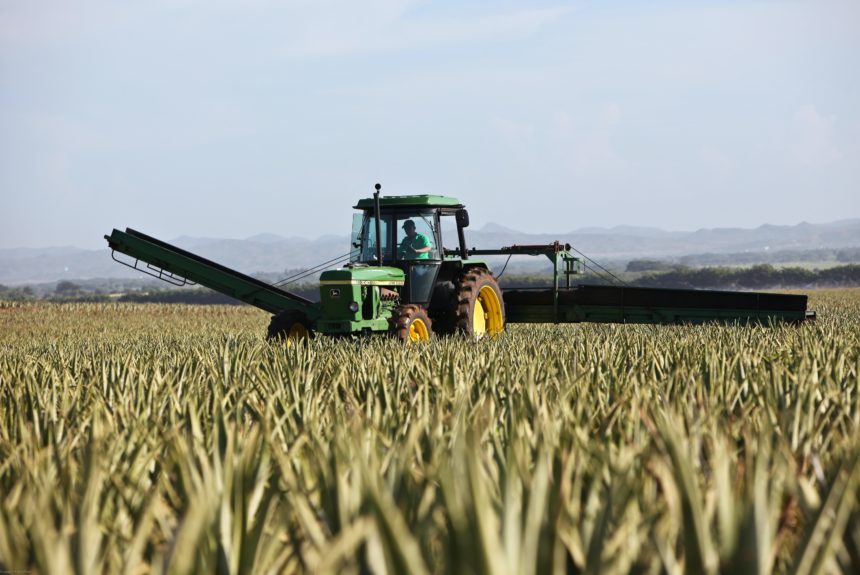Anne Schechinger of EWG writes about how the USDA can improve its conservation programs.

- The USDA’s Conservation Reserve Program (CRP) rewards farmers who adopt conservation practices on their land to sequester greenhouse gasses or store carbon in the soil.
- While an important program, the CRP’s full climate potential has not been realized but it could be under a few reforms.
- The USDA should begin to prioritize and incentivize more CRP participation in Northern Central states like Illinois, Kentucky, and Ohio which have soil that can more effectively store soil carbon.
- At the same time, the USDA should extend CRP contracts beyond 10 years to ensure adequate carbon soil storage.
“The reason why the CRP is storing less carbon in soil than if the acres were placed randomly has to do with where program acres are concentrated. The Southern Great Plains have a disproportionately high amount of CRP acres, compared to the rest of the country, and the ‘coarse-textured soils’ in this area store carbon poorly.”
Read the full article here.
The views and opinions expressed are those of the author’s and do not necessarily reflect the official policy or position of C3.
